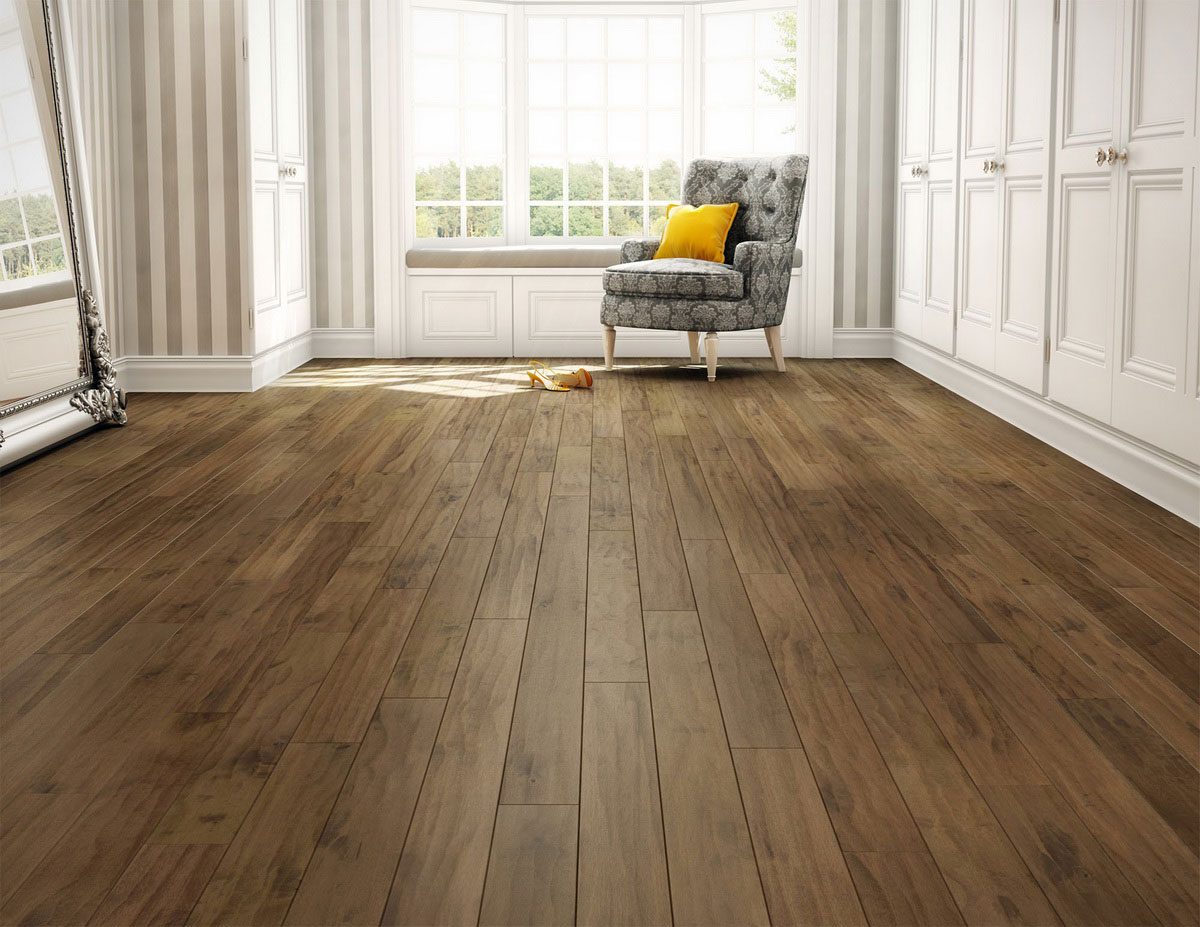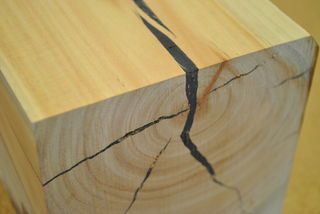
A solid wood floor is an entirely natural product, and if you’ve read our previous posts, you probably know that wood just like other natural products is affected by temperature and humidity fluctuations.
Wood flooring shrinking and contracting
In the case of hardwood floors, these changing ambient conditions make planks shrink and swell. If the moisture content in the air is high, wood absorbs a certain amount of that moisture and swells. On the other hand, when the air is less humid, planks get dry and contract. Expansion and contraction of hardwood floorboards are natural processes, and unless the differences in temperature and humidity are abnormal, they shouldn’t cause any concerns. However, extreme moisture level fluctuations can lead to moisture-related severe problems

In natural conditions, for instance, in a forest, changes in moisture content and temperatures depend on the season and the weather. When the wood is delivered to your home, it is subjected to the changes in temperature and humidity levels every day.
Solid wood flooring in winter and summer
For instance, in winter, hardwood floors installed in houses or flats with central heating usually get dry, due to low moisture content in the air, and contract, which means that the wood naturally loses its inherent moisture. Usually, due to such contraction of floorboards occurring in winter, gaps tend to appear on the floor. If you fail to insulate them the right way, it may cause draughts in the affected interiors.
The whole process also works the other way round, which happens in summer, when the temperatures go up, and central heating is turned off. Therefore, the humidity level in the air is increased. Some of the moisture is naturally absorbed by the hardwood floor, which makes the planks expand. If the circumstances are not extreme, this process leads to the closing of the gaps that occurred in winter.
It’s nothing terrible or uncommon; it’s entirely natural for the floor to behave in this way. The floor shouldn’t suffer any damage. If the moisture content is between 45 and 60 percent, your floor shouldn’t be negatively affected in any way. Nevertheless, if the humidity level is much higher, the wood may rise in the middle of each plank or inherent gaps may occur. It can be just a temporary situation, and the process may be reversed when the humidity gets back to its average level. If your hardwood floor is still cupped even if the moisture level in the air has gone down again, it may be a sign that it requires resanding to become level.
| Mon-Fri | 8:00AM – 5:00PM |
| Saturday | 10:00AM – 4:00PM |
| Sunday | 11:00AM – 3:00PM |





.svg)
.svg)